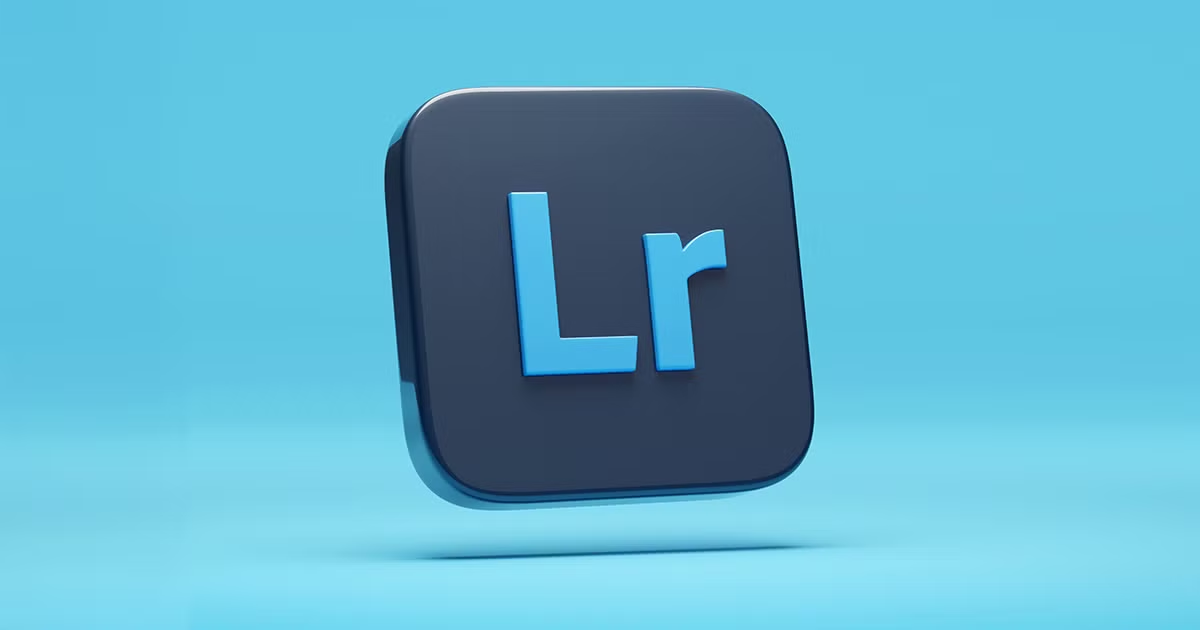A landing page holds power. It is not just another section of your website. It is the battleground where a visitor transforms into a lead or, just as easily, vanishes into digital limbo. That is why every pixel counts and every word matters.
So, how does one craft a landing page that converts like magic? Not with smoke and mirrors. But with intent. With purpose. And with a design strategy sharp enough to slice through online noise.
Here is your ultimate guide, charged with clever hacks, to build a landing page web design that works in Melbourne.
1. Begin With a Laser-Focused Goal
Clarity is king. Before diving into your web design in Melbourne, pinpoint the exact action you want from the user. Do you want them to sign up? Book a call? Download something? Purchase?
Avoid ambiguity. A landing page must serve a single purpose. If you try to chase too many rabbits, you catch none.
One page. One offer. One call to action.
That’s the golden rule.
2. Use Headings That Hook Like Velcro
Your headline is your first handshake. It needs grip. It needs to snap attention.
Forget cleverness, and choose clarity instead. Say exactly what the user gets. Loud and bold. Your subheading then seals the deal with a value proposition—short, sharp, and benefit-driven.
3. Design Above the Fold Like Prime Real Estate
The top of your landing page is sacred ground. It’s the first thing users see without scrolling. Pack it with your headline, subheading, and call to action. No fluff. No distractions.
Use whitespace generously. Whitespace gives elements room to breathe. A cramped design suffocates interest. A clean one invites action.
4. Use a Hero Image That Speaks Without Words
Words work, but images whisper something deeper. Use a hero image that reflects your product, your mood, or your message. Faces are powerful, especially ones with expressive emotions. They humanise your offer.
But never use stock photos with fake smiles. They scream insincerity.
If possible, use original photos or high-end illustrations. They elevate your brand’s authenticity.
5. Craft a Call to Action That Shouts (Softly)
Your call to action is the main event. It must stand out—but not scream. Use vibrant colours that contrast with your background. Orange, green, or blue often work wonders.
Avoid vague terms like “Submit” or “Click here.” Instead, use action-based language. “Get My Free Guide.” “Start Your Free Trial.” “Claim My Spot.”
Make it feel like a gift, not a task.
READ ALSO: A Beginner’s Guide to SEO: Tips, Strategies & How to Begin
6. Embrace the Power of Social Proof
People trust people. So, try these tricks.
- Add testimonials, reviews, or trust badges.
- Show real faces.
- Use full names.
- Mention companies or titles, if relevant.
Even a short quote can build immense trust. Video testimonials go further. But even a screenshot of a happy tweet works wonders.
If your product or service has been used by recognisable brands, add their logos. Let your landing page whisper, “Others trust us—you can too.”
7. Slice Your Copy Into Bites, Not Bricks
Nobody wants to read a wall of text. Break your copy into digestible bits by using bullet points and bold headers. Keep paragraphs short and punchy. Speak benefits, not just features. Don’t just tell people what your product does—tell them how it changes their life, job, or day.
And ditch the jargon. Nobody wants to decode a landing page.
8. Use Directional Cues to Guide the Eye
Subtle design cues help guide users toward your call to action. Use arrows, illustrations, or even the gaze of a model in your image to point toward your CTA.
It’s a nudge, not a shove. But it works.
When people instinctively know where to look next, they feel comfortable. And comfortable users convert.
9. Speed Is Not a Feature—It’s a Requirement
Your landing page must load fast. Not just “soon.” It must snap open. In under three seconds. To ensure that:
- Compress images.
- Use lightweight fonts.
- Avoid bloated code.
A sluggish landing page is a digital death sentence. If people wait, they leave. If they leave, they won’t convert.
10. Test Everything Like a Mad Scientist
No high-converting landing page web design in Melbourne is not born perfect. It evolves through trial and error. So, run A/B tests. Tweak headlines. Change button colours. Swap images. Monitor user behaviour with heat maps or analytics.
Sometimes a single word change lifts conversions, and sometimes, a new layout tanks them. You won’t know until you test.
11. Ditch the Distractions
Navigation menus? Gone. Sidebars? Bye. External links? Not today.
Your landing page should be a one-way street. Users arrive, absorb, and act. The moment you give them another path to wander down, you risk losing them.
Minimalism works. Strip away anything that doesn’t push the user toward the goal.
12. Make It Mobile-First, Not Just Mobile-Friendly
More than half of your visitors arrive by phone. So, build your landing page web design with mobile as the default. Big fonts. Big buttons. Fast load times.
Check that your CTA is thumb-friendly. Check your form fields don’t require a PhD to fill out.
If your mobile experience stinks, conversions will too.
13. Use Forms That Don’t Frustrate
If your landing page web design includes a form, keep it short. Name and email are often enough. Ask only what you need.
Every extra field adds friction, reduces friction, and increases conversions.
Make sure your form is visually appealing. Use soft borders, clean spacing, and clear instructions. Show users exactly what to do.
Conclusion
A landing page is not a digital brochure. It’s a focused funnel. With these tips in your toolkit, your landing page can do more than just look pretty. It can persuade, influence, and convert.
Because in the fast-clicking world of the web, design is not just art. It’s an action. If you’re ready for it, get in touch with Make My Website today. You will ensure your success with high-converting landing page web design in Melbourne.
YOU MAY ALSO LIKE: 10 Top Web App Security Vulnerabilities and How to Prevent Them











